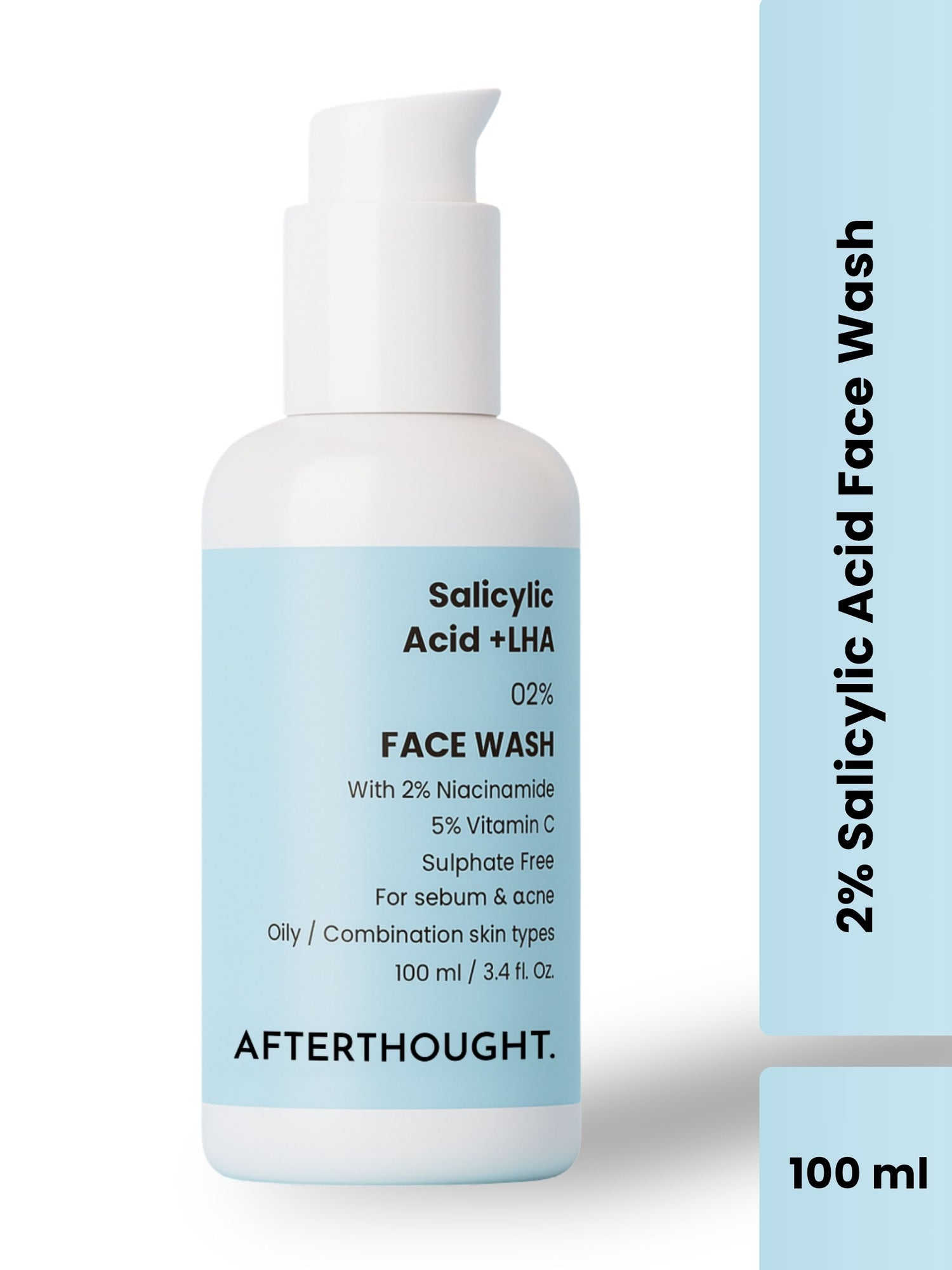How Often Should You Use Teeth Whitening Strips?
Afterthought IndiaTeeth whitening strips are a popular choice for achieving a brighter smile at home. They are convenient, relatively affordable, and can offer noticeable results when used correctly.
However, one of the most common questions people have is, “How often should I use teeth whitening strips to achieve optimal results without harming my teeth?”
In this guide, we will delve into the factors that influence the frequency of teeth whitening strip usage, discuss the recommended guidelines, and explore best practices to ensure you get the most out of your whitening regimen while maintaining good oral health.
Understanding Teeth Whitening Strips
Teeth whitening strips are thin, flexible pieces of plastic coated with a whitening gel. The gel typically contains hydrogen peroxide or carbamide peroxide, which are bleaching agents that help to break down stains and lighten the color of your teeth.
The effectiveness of whitening strips can vary based on their concentration of active ingredients and the duration of use recommended by the manufacturer.
It’s essential to follow the instructions provided with the product for the best results and to minimize any potential risks.
Factors Influencing Usage Frequency
1. Type of Whitening Strips
Different whitening strips have varying concentrations of active ingredients. Some may be designed for daily use, while others might be intended for less frequent application. Always refer to the specific instructions provided with your product.
2. Current Tooth Shade
If your teeth are significantly stained or discolored, you might need to use the strips more frequently initially. However, once you achieve your desired level of whiteness, you may be able to reduce the frequency.
3. Oral Sensitivity
Individuals with sensitive teeth or gums should be cautious with the frequency of use. Overusing whitening strips can exacerbate sensitivity and lead to discomfort. If you experience sensitivity, it may be wise to use the strips less frequently or consult with a dental professional.
4. Diet and Lifestyle
Your diet and lifestyle can impact the effectiveness of teeth whitening. Consuming staining substances like coffee, tea, or red wine can counteract the whitening effects. Maintaining good oral hygiene and limiting intake of staining foods can help prolong the results.
Recommended Frequency of Use
For most over-the-counter whitening strips, the general recommendation is to use them daily or every other day for a specified period, usually ranging from one to two weeks. This regimen allows the active ingredients sufficient time to break down stains and achieve noticeable results.
Daily Use: Some whitening strips are formulated for daily use. These products are typically designed to be used for 30 minutes to an hour each day for a set number of days. Adhering to this schedule can help you achieve and maintain a whiter smile.
Every Other Day: If you find daily use too harsh or experience discomfort, consider using the strips every other day. This approach can still provide effective results while reducing the risk of sensitivity.
Best Practices for Safe and Effective Use
1. Follow Instructions
Always adhere to the manufacturer’s instructions for application time and frequency. Overuse can lead to enamel erosion and increased tooth sensitivity.
2. Monitor Oral Health
Pay attention to any signs of sensitivity or discomfort. If you experience pain or prolonged sensitivity, it’s advisable to stop using the strips and consult with a dentist.
3. Maintain Oral Hygiene
Brush and floss your teeth regularly to keep your mouth healthy and minimize the buildup of plaque and stains.
4. Limit Staining Foods and Drinks
Avoid consuming foods and drinks that can stain your teeth while using whitening strips to prolong the effects of your treatment.
5. Consult a Professional
If you have any doubts about the frequency of use or experience persistent issues, consult with a dental professional. They can provide personalized advice based on your oral health and specific needs.

